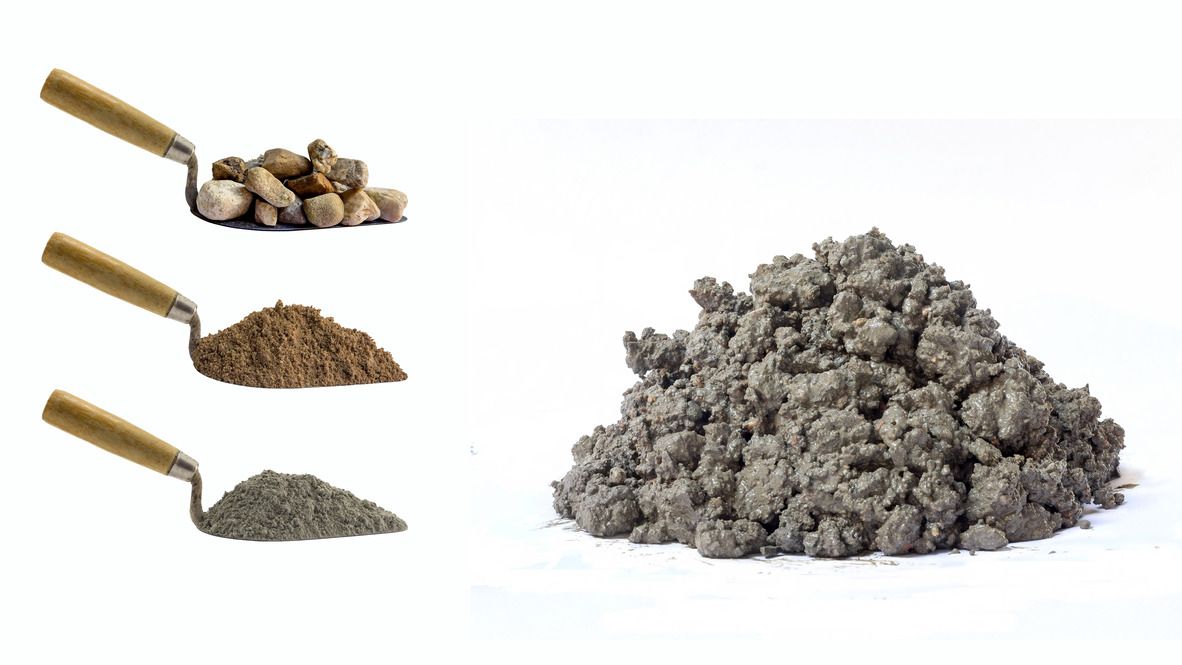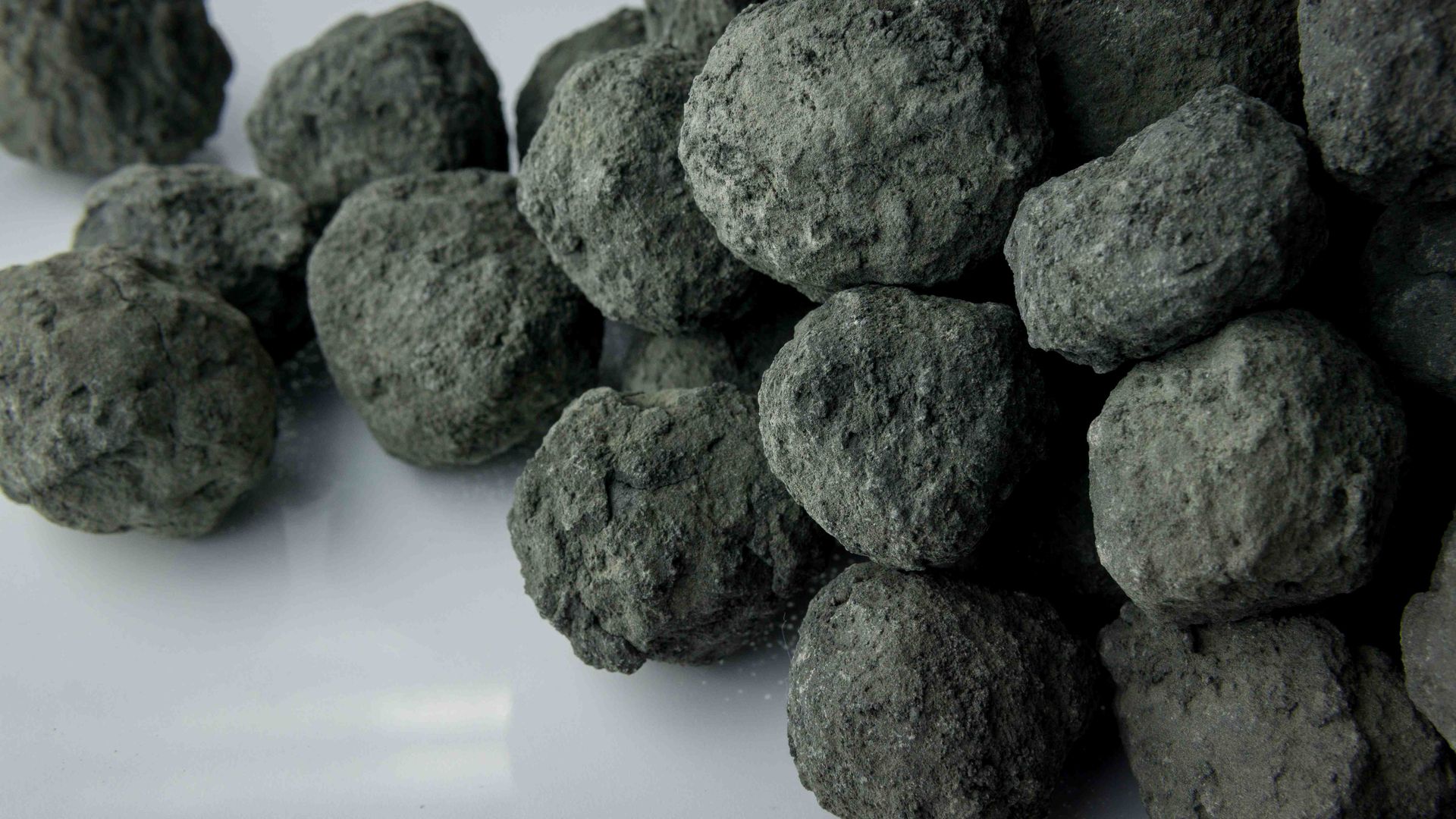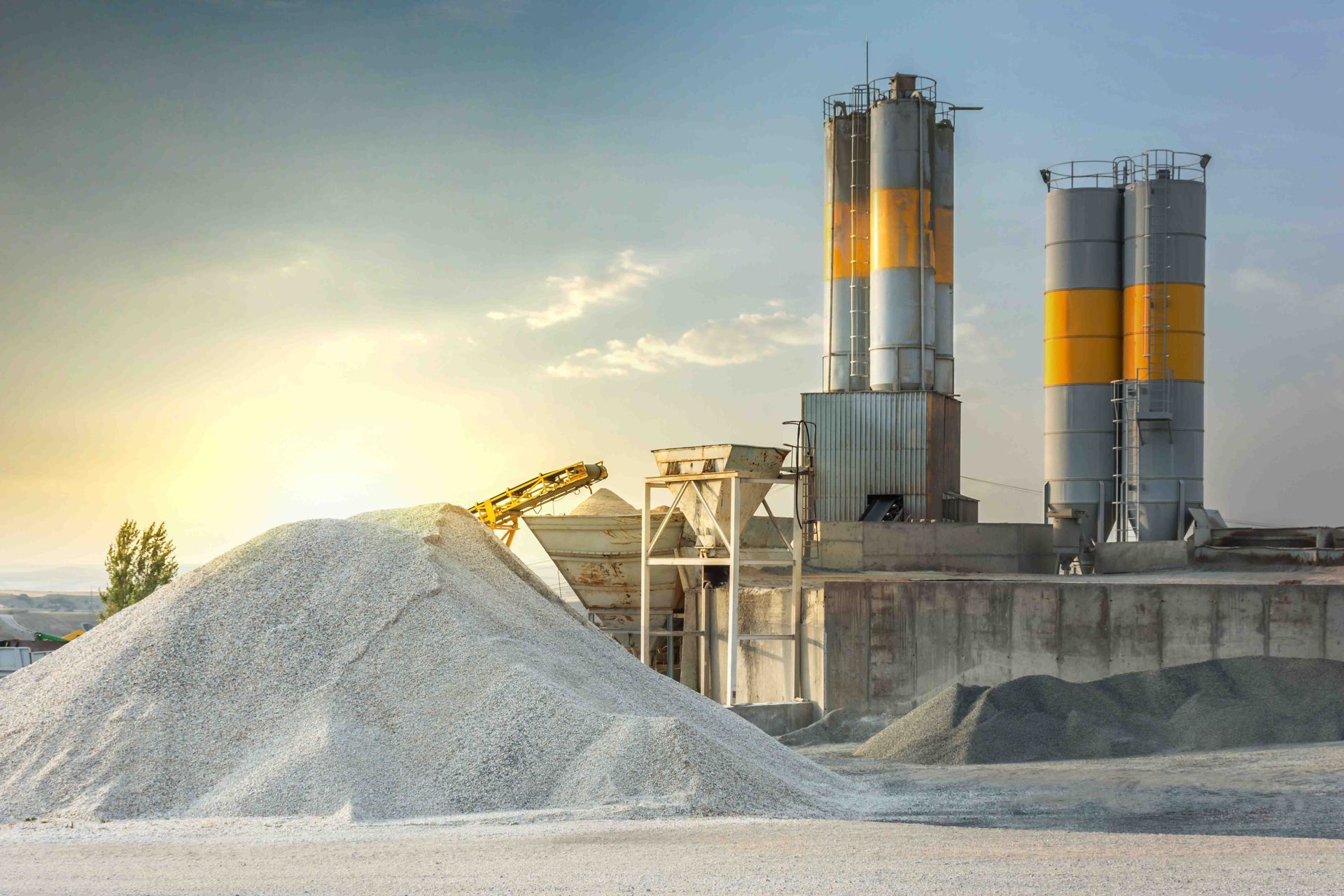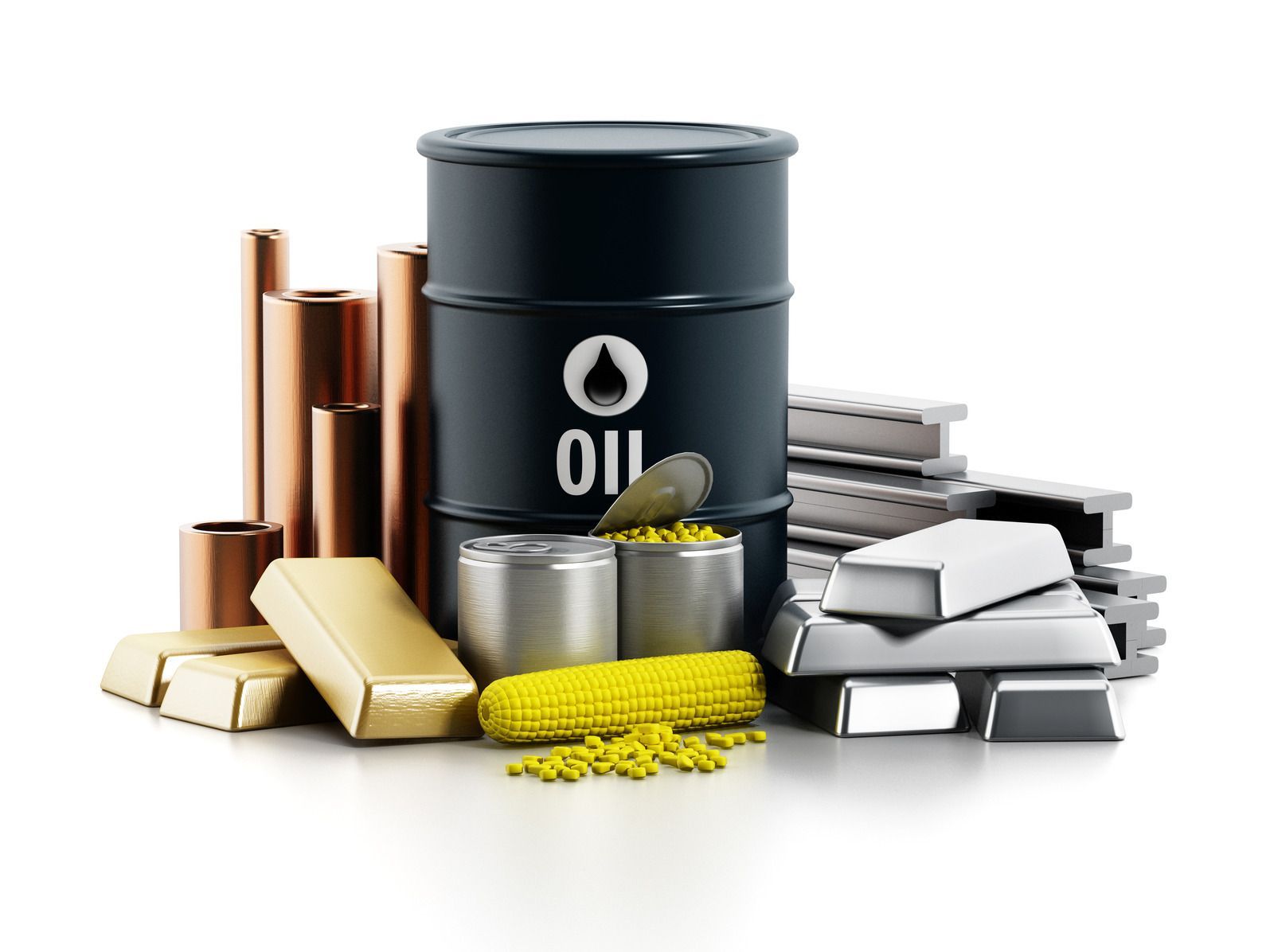A Guide To Concrete Basics

While it might seem like it’s a simple construction material, concrete is more than just a mix of rocks, sand, and water. It’s an incredibly versatile building material that’s been shaping our environment for centuries. From the massive skyscrapers in major cities to the roads that take us wherever we need to go, it’s a critical part of our daily lives.
But many people still wonder what exactly concrete is, how it’s made, and what can be done with it beyond the usual suspects. This blog is going to give you all the information you need to understand the basics of concrete. It doesn’t matter if you’re a seasoned construction contractor or just someone who’s curious about one of the most common building materials in the modern world, you’ll find valuable insights into the world of concrete here.
What is Concrete Made Of?
Concrete is a type of material known as a ‘composite’, which means it’s composed of other substances in a specific ratio. These substances are primarily aggregates, cement, and water.
There are various types of aggregates that can be used, including sand, pebbles, gravel, or larger crushed stone, and they provide much of the structure and strength needed for the final structure. The addition of cement acts as a binder, holding these aggregates together, and water facilitates the chemical reactions that allow the cement to harden, turning the entire mixture into the concrete that we know.
Concrete can be altered, affecting things like the strength of the final product, the appearance, the working time, and more. This is done by changing the ratios of the basic ‘recipe’ to suit different requirements. By altering the type and proportions of its components, you can optimize concrete for various applications, like residential foundations, towering skyscrapers, and massive hydroelectric dams.
Different Types of Concrete
Concrete types are generally separated by their characteristics or load-bearing capacities. Here are some of the most common types of concrete:
- Normal Strength: This is the most commonly used type for general construction purposes. Its compressive strength ranges between 20 MPa to 40 MPa.
- High Strength: With compressive strengths above 40 MPa, this type is used in the construction of high-rise buildings and bridges.
- High Performance: This concrete not only has high strength but also additional properties like durability and ease of placement.
- Lightweight: Made with lightweight aggregates like expanded glass beads or perlite, this concrete is used in non-structural elements like partition walls.
- Permeable: This type allows water to pass through, making it ideal for sidewalks and driveways in areas that require effective water drainage.
- Stamped: This decorative type imitates the appearance of brick, stone, or wood and is often used in patios and interior floors.
- Ferro-cement: Used primarily in boat building, this type involves the use of a thin layer of mortar reinforced with layers of ferrous mesh or metal.
The Concrete Mixing Process
The concrete mixing process may seem like a simple step on the surface, but it can be a make-or-break factor in the final performance of the concrete. The process itself involves combining water, portland cement, aggregates, and any other necessary additives in specific ratios to create the desired characteristics. Here's a brief rundown:
- Measurement: It starts with an accurate measurement of all components is essential for a consistent mix.
- Mixing: The ingredients are then mixed in a rotating drum, ensuring an even mixture.
- Additives: At this stage, any chemical additives can be included to improve workability, speed up or slow down curing time, or add other properties. These can be complex chemical additives, or something as simple as crumbled styrofoam.
- Testing: A small sample is usually tested for quality assurance before the mix is poured into molds or directly at the construction site.
- Transport: Ready-mix concrete is then transported to the site using mixer trucks.
Practical Applications of Concrete
We’ve mentioned a few of the more obvious uses of concrete, but since it is so versatile, it can be found in almost every corner of daily life. Here are some places that you’ll see concrete being used:
- Building Construction
- Streets and highways
- Airports and seaports
- Artistry
- Agricultural infrastructure
- Water management
Tips for Working with Concrete
Unless you’re a professional who works with concrete every day, you can probably benefit from a few helpful tips for making your concrete use go a little smoother.
- Follow the manufacturer's guidelines for mixing ratios and times. Inadequate mixing can lead to weak concrete.
- Work during moderate temperatures, since extreme cold or heat can affect the setting time and strength of the concrete.
- If using forms, make sure they’re good quality, so you don’t have to deal with leaking or deformation.
- Concrete needs plenty of time to cure before it reaches full strength, so don’t rush it.
- If possible, test a small batch of your mix to make sure it meets your needs. This can help prevent redoing an entire project.
The Final Word
Having a grasp of concrete basics makes future construction and DIY projects much easier. From understanding the ingredients that make up concrete, and understanding how to mix and use it, having a strong core knowledge will help your projects turn out their best. If you’re looking for a trusted source for your dry bulk materials and aggregates, contact PermuTrade.
Disclaimer: The information on this website and blog is for general informational purposes only and is not professional advice. We make no guarantees of accuracy or completeness. We disclaim all liability for errors, omissions, or reliance on this content. Always consult a qualified professional for specific guidance.






